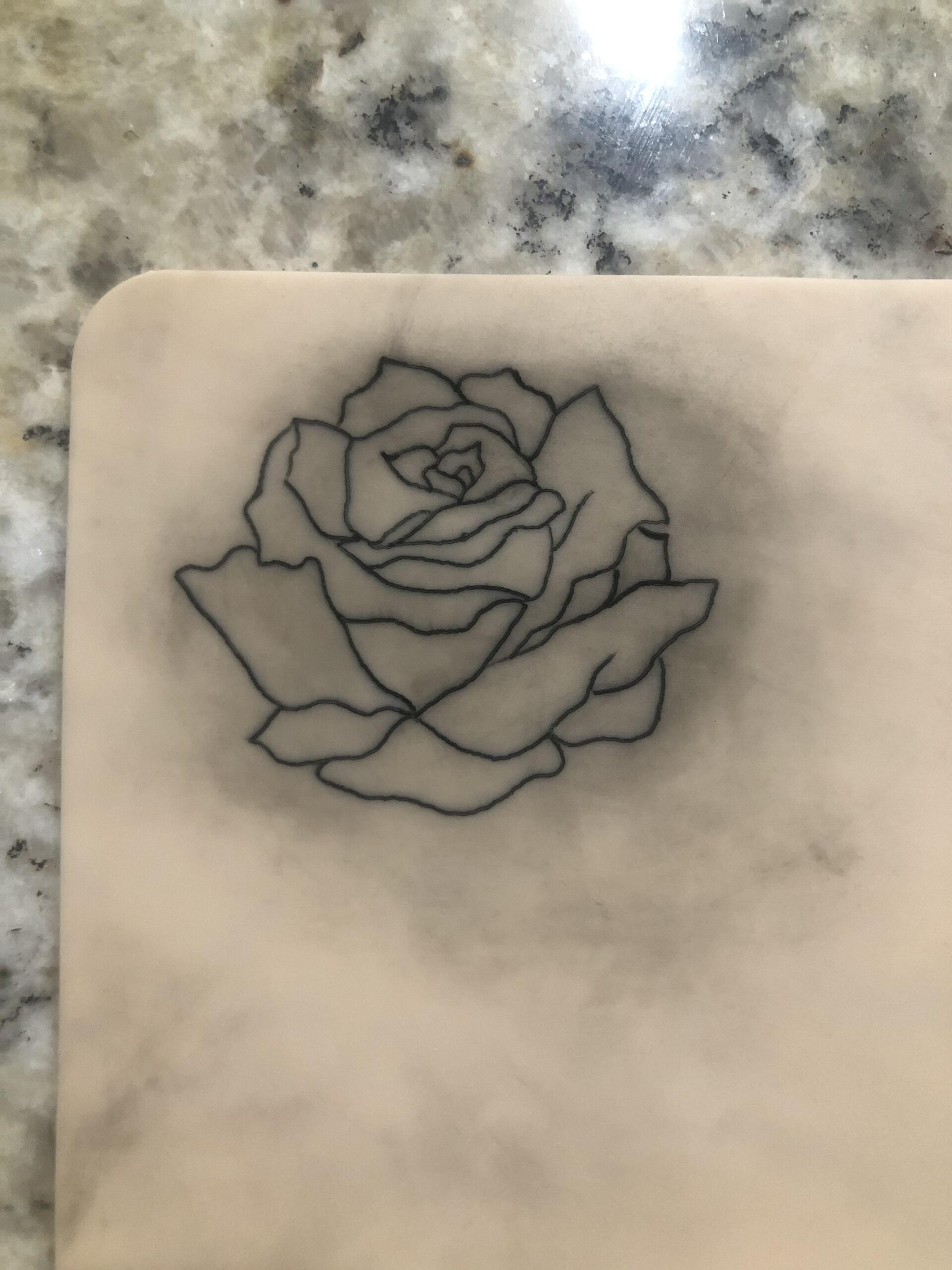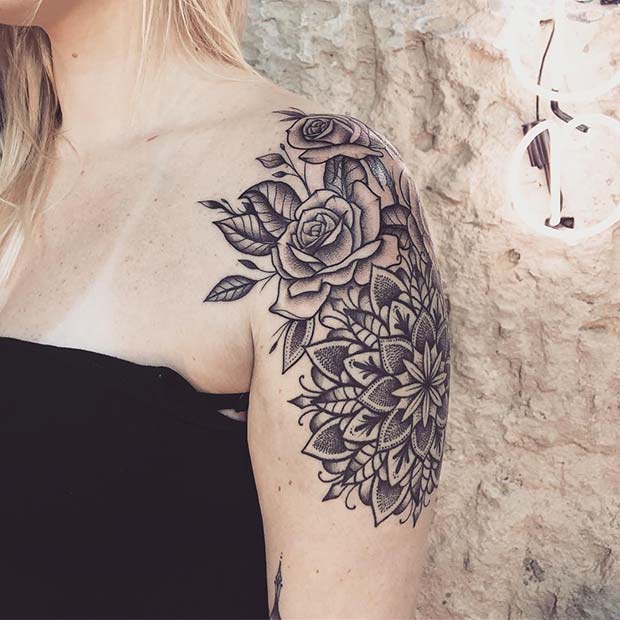
Fake tattoo skin is a synthetic material that replicates the effects of natural skin, making it perfect for practicing tattooing. It allows artists to test needles and devices, learn hygiene practices, and apply stencils. Rubbing off the ink from fake tattoo skin is easy, making it ideal for new artists to practice without the risk. Regular cleaning is necessary to maintain its appearance.
Cleaning Methods:
– Green soap and rubbing alcohol can effectively clean fake tattoo skin.
– Vaseline can also be applied and gently rubbed to remove the ink.
– Baby wipes designed for temporary tattoos can be used for cleaning.
– Wash with warm water and soap and apply a hydrating moisturizer is recommended.
– Exfoliating the skin with brown sugar, oatmeal, or coffee grounds is beneficial.
– Chemical removers are available in the market for stubborn ink removal.
Working with Fake Tattoo Skin:
– Correct needle depth is crucial. Testing needle depth before tattooing is essential to prevent blowouts or improper ink adherence.
– Using high-quality fake skin that closely resembles natural skin is recommended.
– Shade and color can be challenging on fake skin, but it pays off when applied to natural skin.
– Products like stencil primer and friction plates can simplify tattooing on fake skin.
– Let stencils dry before tattooing, and use cold cream to remove excess ink.
– Practice lining strokes on fake skin before shading to build confidence.
Benefits of Using Fake Tattoo Skin:
– Fake tattoo skin allows practice without spending too much money or using too many needles.
– It helps build muscle memory and enhances safety practices before working on real clients.
– It can be used to showcase skills and keep customers satisfied.
– Ink sticks to fake skin, so using Vaseline as a lubricant is essential.
– Attention to detail, using appropriate stencils, and finding the suitable practice material are crucial.
Challenges with Fake Tattoo Skin:
– Correct needle depth is difficult to achieve. Proper needle placement affects the tattoo’s appearance and feel.
– The needle angle determines how easily it penetrates the layers of skin.
– Running lines at steep angles can prevent proper penetration, resulting in patchy or uneven results.
– Moving large groups of needles slowly and steadily ensures full penetration.
Conclusion:
Working with fake tattoo skin can be challenging but beneficial for artists. Practice, attention to detail, and choosing suitable materials are crucial to success. Proper needle depth and angle are essential for achieving desired results. Regular cleaning and maintenance are critical to preserving the appearance of fake tattoo skin.

